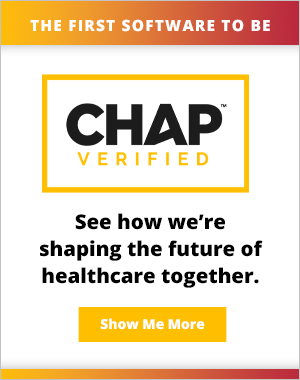
The Centers for Medicare and Medicaid Services (CMS) has released the proposed 2026 Hospice Final Rule, which outlines significant updates to Medicare payment policies and rates for hospices. CMS argues that the changes aim to enhance the quality of care provided to hospice patients and address various operational and regulatory areas.
An analysis of the key points in the proposed rule along with insights from Arlene Maxim, RN, HCS-C, Senior Clinical Consultant at Axxess, are below.
Payment Rate Update and Hospice Cap Amount
One of the most notable changes is the proposed 2.4% increase in the hospice payment rate for Fiscal Year 2026. This update is estimated to result in an additional $695 million in payments from Fiscal Year 2025. This increase is designed to support hospices in providing high-quality care and managing the costs associated with end-of-life services. The proposed hospice cap amount for Fiscal Year 2026 is $35,292.51.
Key Insight From Arlene Maxim: “Hospices need to evaluate how the 2.4% payment adjustment and changes to the hospice cap will impact their revenue as it relates to costs like labor and medications. Hospices have seen payment increases in recent years but many have commented that the rate of increase hasn’t kept up with skyrocketing inflation.”
Clarifications to the Hospice Quality Reporting Program
CMS is proposing a regulatory text change for the Hospice Quality Reporting Program. This change aims to clarify and streamline the reporting requirements, making it easier for hospices to comply with the program. The transition from the Hospice Item Set (HIS) to the Hospice Outcomes and Patient Evaluation (HOPE) is on track for October 1, 2025. Technology companies such as Axxess have already begun provider training on the new HOPE assessment in the Axxess Hospice system.
CMS is also seeking public input through requests for information (RFIs) on barriers to interoperability and future quality measures concepts. This feedback will help shape the future direction of the program and ensure that it remains relevant and effective.
Key Insight: “The transition to HOPE appears to be happening in October so hospices need to prepare for the change now. Technology partners like Axxess are ready for HOPE and have already begun the transition and training in our system. Regarding the information CMS is seeking from providers, I encourage leaders to participate in the RFIs to influence the design of future quality measures—especially those addressing emotional well-being, nutrition, and digital health data exchange.”
Role of the Physician in the Interdisciplinary Group
The proposed rule includes clarifications regarding the role of the physician in the interdisciplinary group for recommending hospice admission. These clarifications aim to ensure that the physician’s input is appropriately documented and considered in the admission process. This will help maintain the integrity of the hospice care process and ensure that patients receive the appropriate level of care.
Key Insight: “It makes sense for CMS to make this change. Allowing physicians to recommend hospice admission as part of the Certification of Terminal Illness will help hospices streamline their operations.”
Face-to-Face Encounter Attestation
CMS is proposing a requirement for the face-to-face encounter attestation to include the physician’s or practitioner’s signature and date. This change will enhance the documentation process and provide clear evidence of the face-to-face encounter, which is a critical component of hospice care.
Key Insight: “This is a technical change that is very important for providers. Organizations should review current documentation processes to ensure all face-to-face encounters meet the proposed requirements, including timely signatures and dated attestations.”
The proposed 2026 Hospice Final Rule from CMS represents a significant step forward in enhancing the quality and financial sustainability of hospice care. CMS will accept public comments on the rule as it seeks to develop the final version that will take effect at the start of the 2026 fiscal year in October. Maxim offered one final thought for hospice providers to consider as these changes sink in.
“Internal training and change management efforts will be essential in educating staff and maintaining compliance throughout this transition,” she said. “With the implementation of the HOPE tool looming, hospices must strengthen quality data practices and prepare for a smooth system transition.”
To learn more about HOPE and the resources Axxess has available to help organizations thrive during the transition, click here.
Axxess Hospice, a cloud-based hospice software, includes simple tools such as intuitive medication management and real-time plan of care updates to help keep organizations compliant.
